St John’s, Radlett
The Story in Depth
A temporary post-war church building in an affluent part of Hertfordshire was well used but no longer fit for purpose. The town council was failing to deliver any affordable housing - so could the church help?
-
Starting point
In 1953, St John’s was built as a daughter church in the parish of Christ Church, Radlett, to serve the growing post-war community. A local landowner, Lady Phillimore, had donated land on Gills Hill Lane to the Church for a primary school, church hall and church building.
However, by the 2010s, both the church and the hall had exceeded their life expectancy as temporary buildings and were becoming unfit for purpose. Despite this, many community groups were hiring the premises, including a nursery which operated out of the building during the week.
-
The plan
A proposal was accepted to develop the site to serve better the needs of the church and of the wider Radlett community.
Providentially, the PCC treasurer was also a local councillor, responsible for Finance and Property on Hertsmere Borough Council. He identified an unused pot of money which had to be spent on affordable housing. The parish is in a very affluent area, with many new developments being for 4-5 bedroom detached houses. The Local Plan stipulated that 40% of new homes delivered should be affordable, but developers struggled to put the social housing requirement on site. They resorted to making payments in lieu to the council, who built up a multi-million pound fund.
Negotiations were conducted between the parish, the diocese and Hertsmere Borough Council on the future of the site. These led to plans for a modern church with a nursery and community spaces, along with six new affordable dwellings.
The building of the church and community rooms would be funded by the capital receipt from selling part of the freehold to Hertsmere Borough Council.
-
The journey
An early challenge was the covenant on the land, restricting its use to religious purposes only. The PCC negotiated with the Phillimore Trust for rebuilding the church and providing social housing; the Trust agreed on condition that the homes should remain affordable in perpetuity.
The team running the nursery was involved in the design of the new buildings, attending planning meetings with the council. This ensured that all the Ofsted requirements could be met – including exclusive use of the shared kitchen while the nursery was open, to protect children with allergies. A separate pantry was added for hall hirers to use when the nursery was open.
TSG Building Services, a large building and refurbishment contractor in the area, were awarded the Design and Construction Works on the project.
The old church buildings were decommissioned in July 2021 in preparation for the redevelopment of the site. Worship and community events continued to be held in modular Portakabins on site during this period, to allow continuity of use.
The new church was dedicated on 15 October 2023; tenants moved into the flats in 2024 and the houses in early 2025.
The Church is used for Sunday worship six times a year, as the St Johns congregation merged with the Christ Church one after the pandemic. The hall is fully booked most of the time, as it’s a warm, light building and parking is free in the area.
Watford Community Housing manage the three flats for Affordable Rent, and the two houses in shared ownership, with an 80% ceiling on the share that could be bought by the occupier. The third house was retained by Hertsmere Borough Council for use as temporary accommodation for families.
The church set a budget for hire income, which was exceeded after just one year. It brings in enough to pay for an administrator and the upkeep of the hall. The housing association also contracts the church to look after the estate around their homes.
(continued below the photos)

The site from Gills Hill Lane
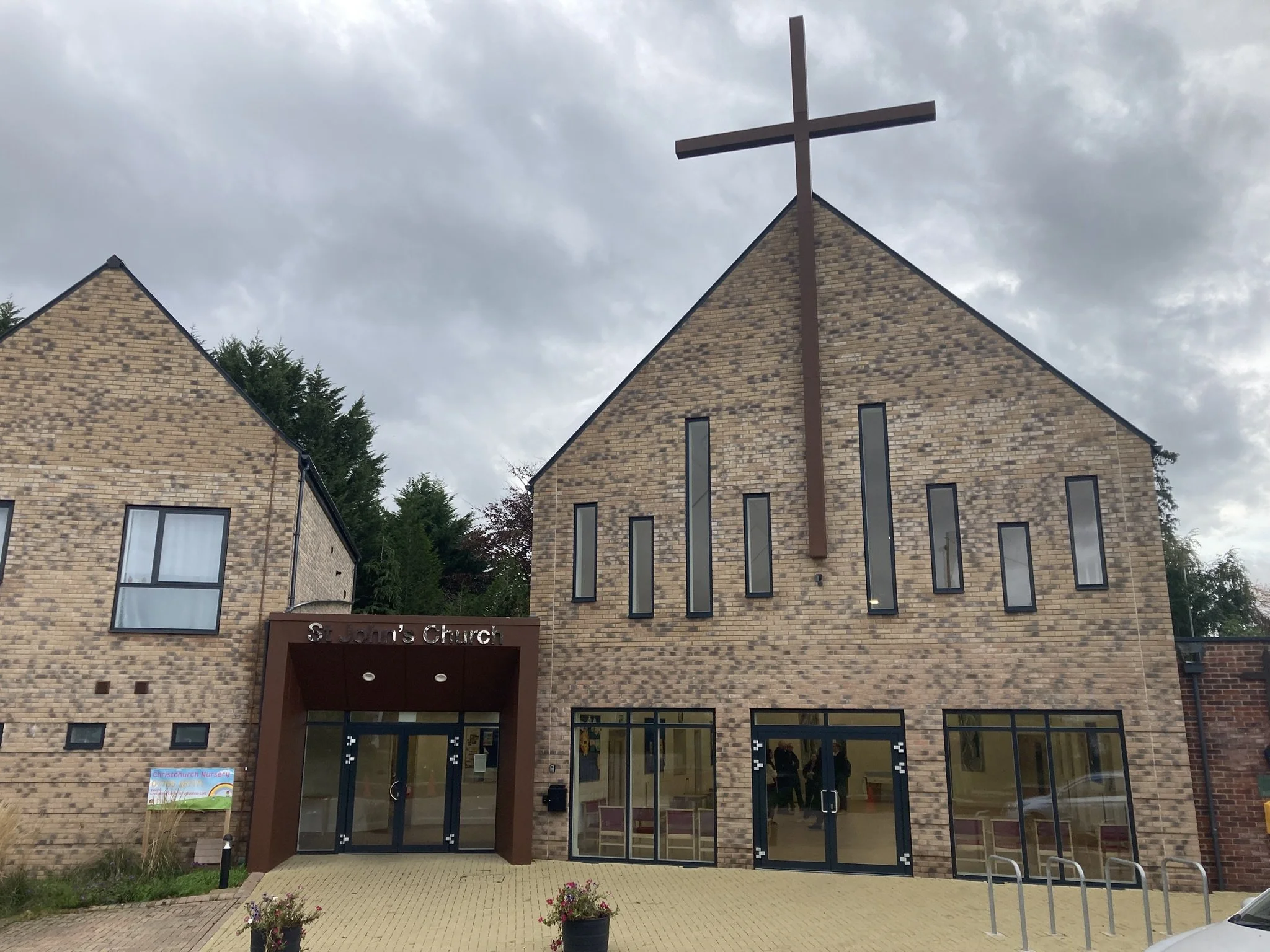
The new church and lobby
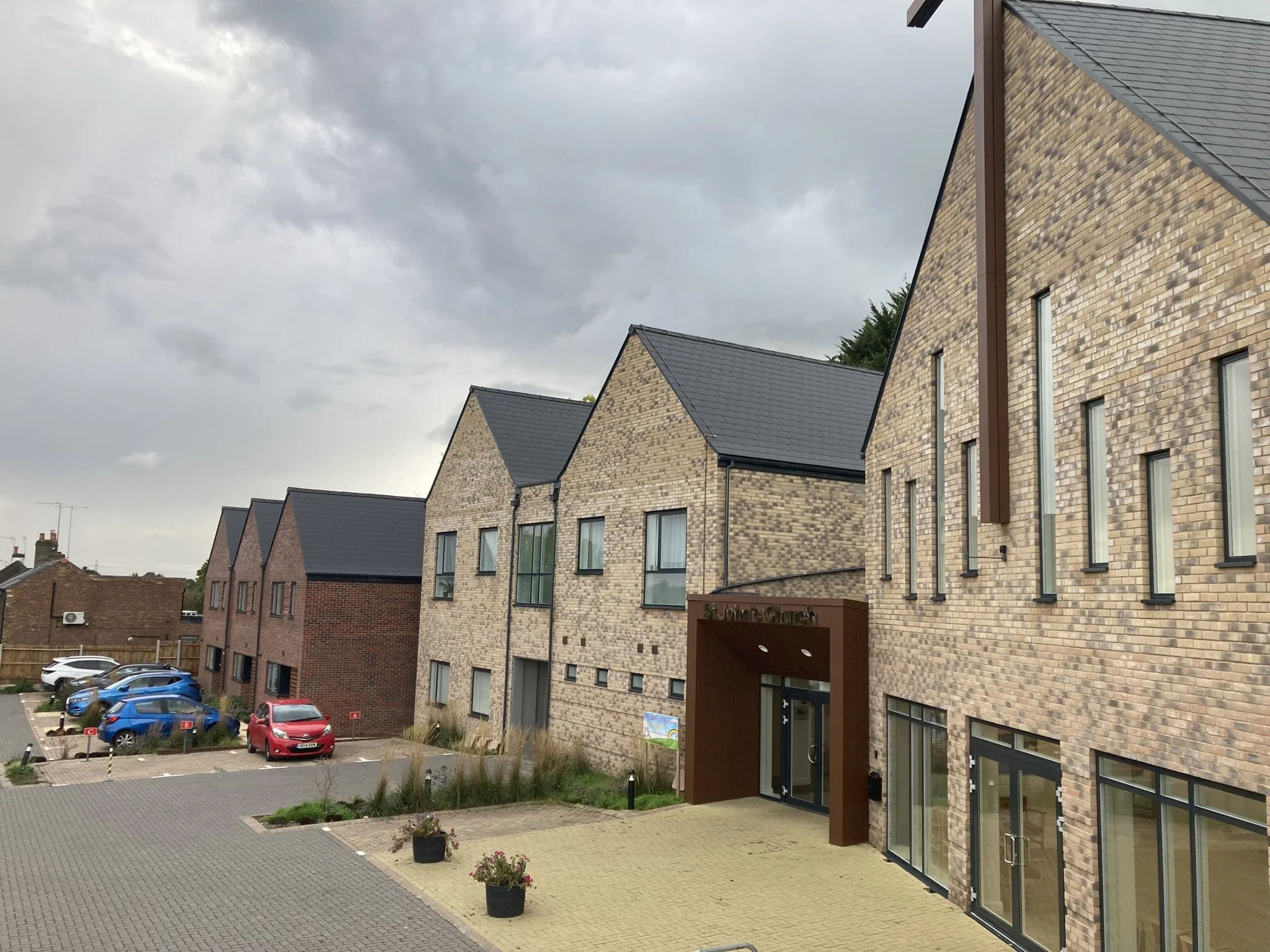
View across the front of the development
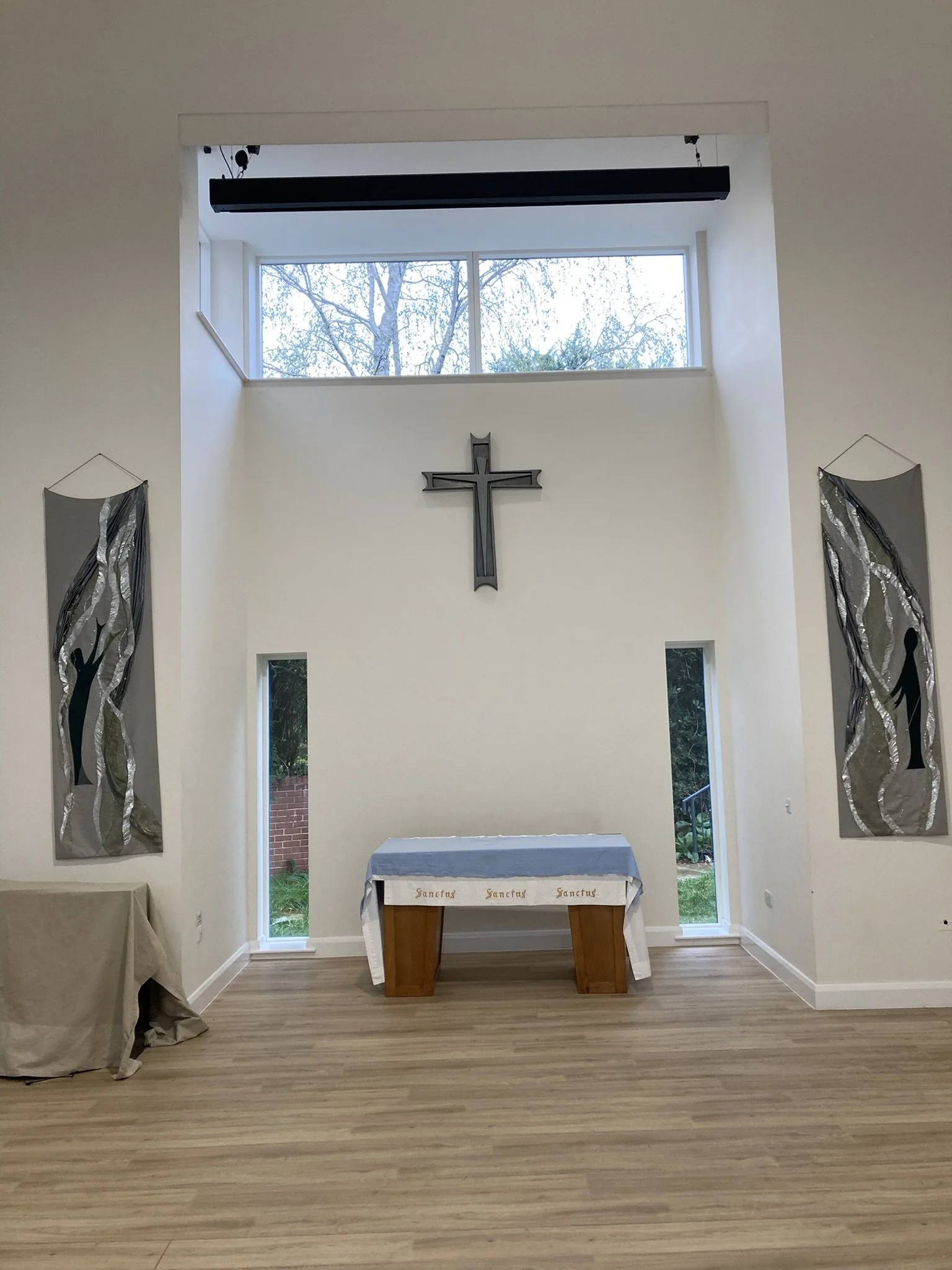
Sacred space in the multi-use building
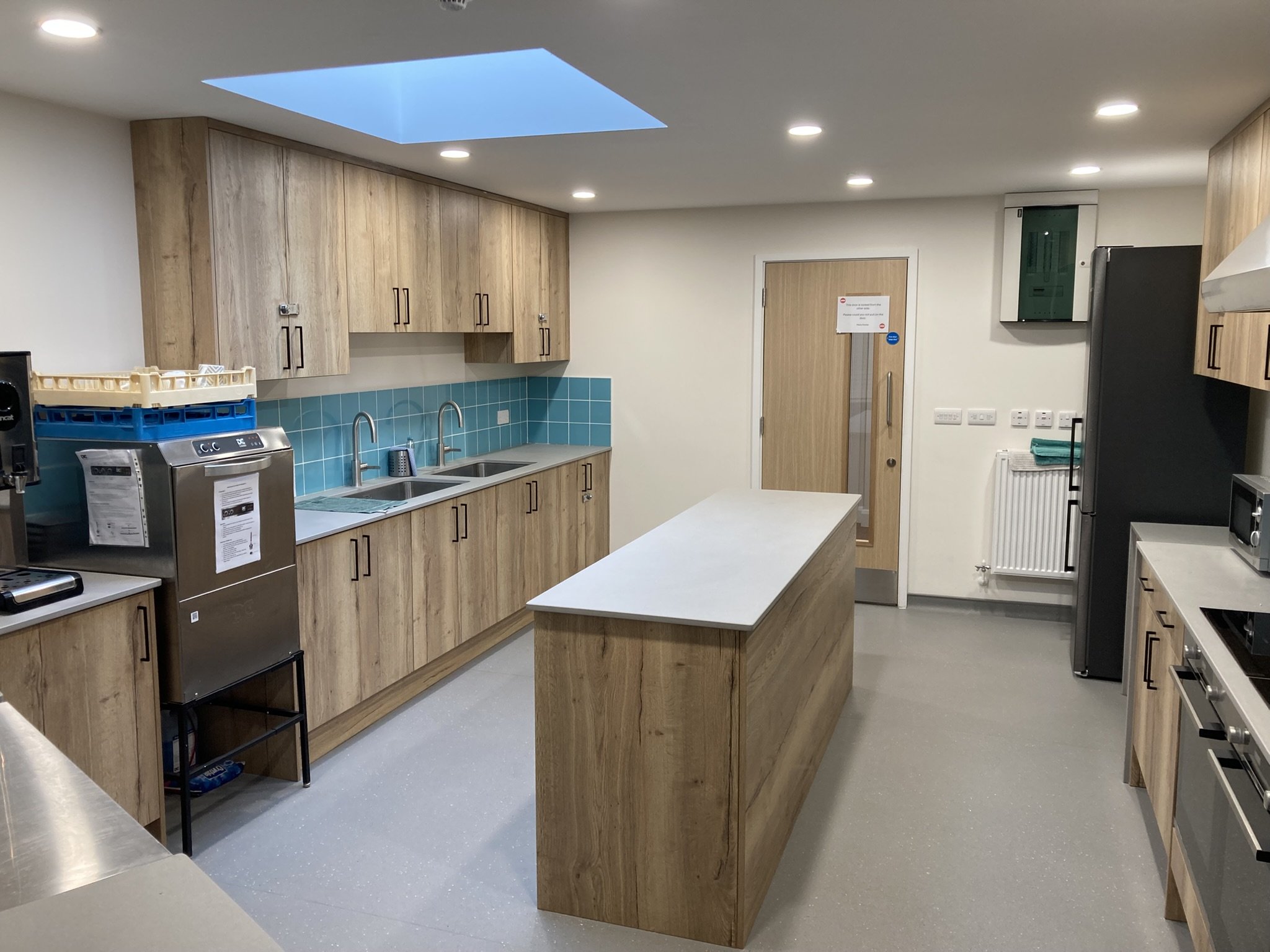
The new kitchen - opening into the nursery on one side and the hall on the other

One of the community rooms, used by the nursery in the week
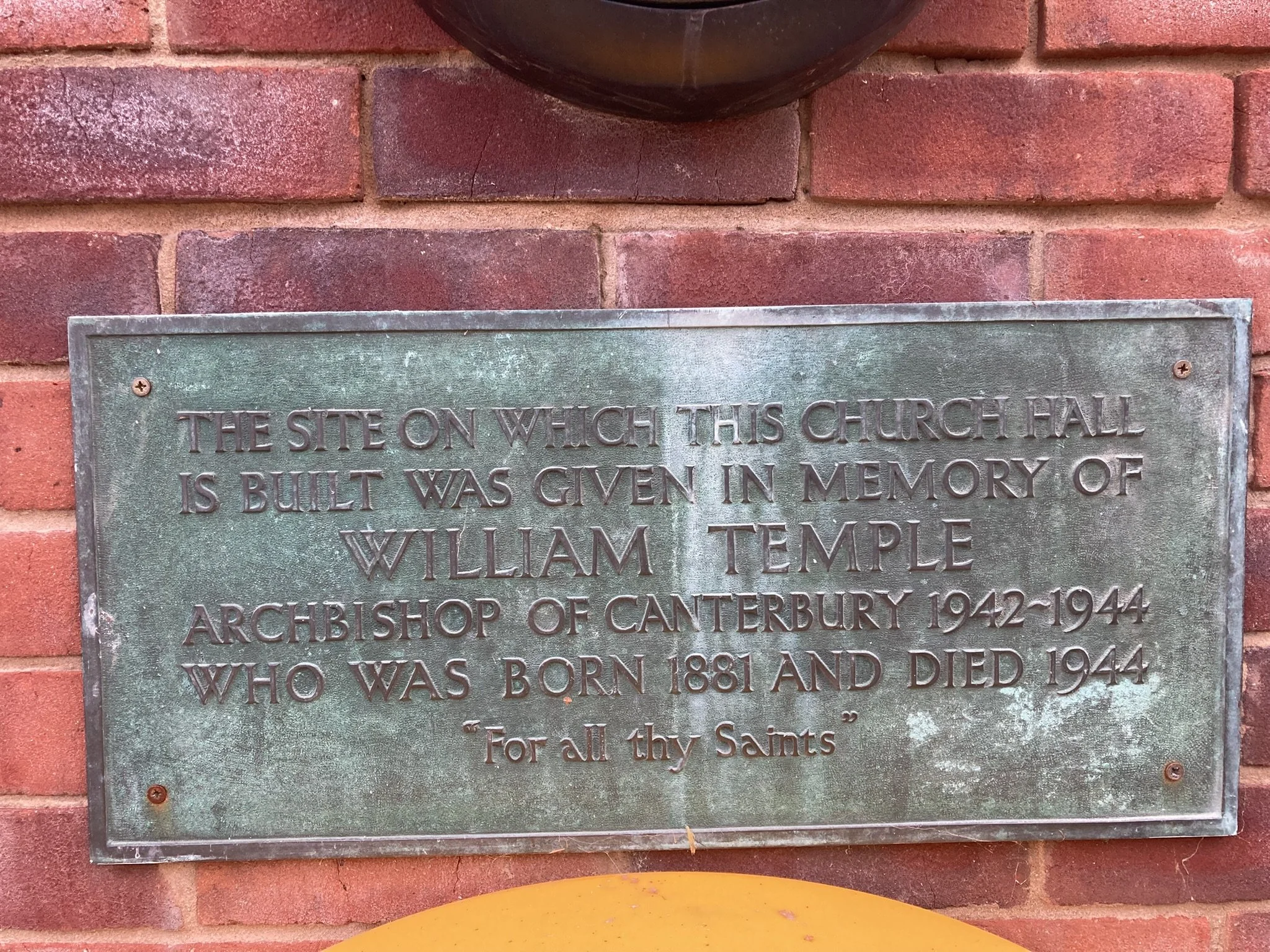
The original dedication plaque from the 1953 building
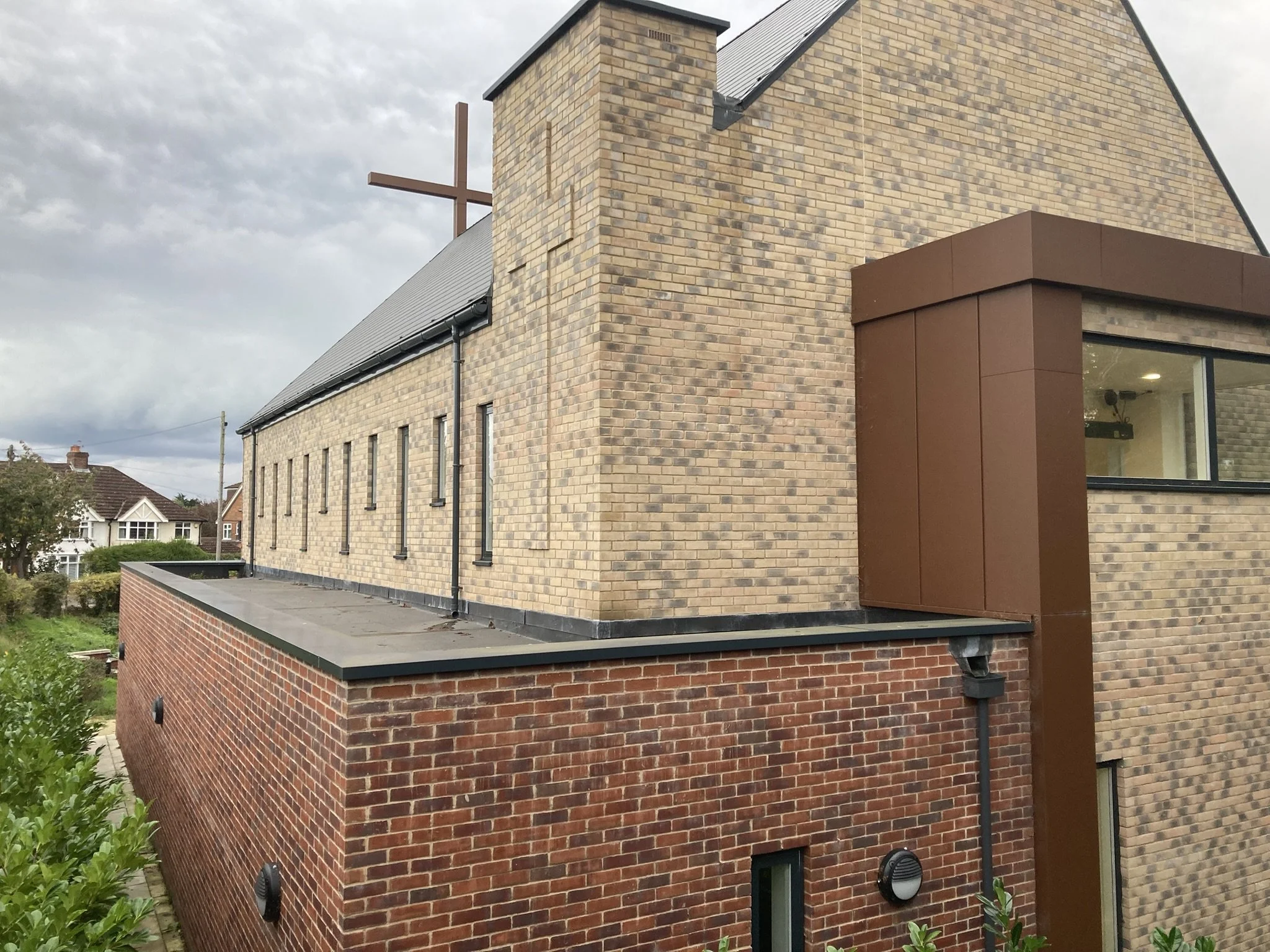
View from the rear of the church

Part of the rear courtyard used by the nursery
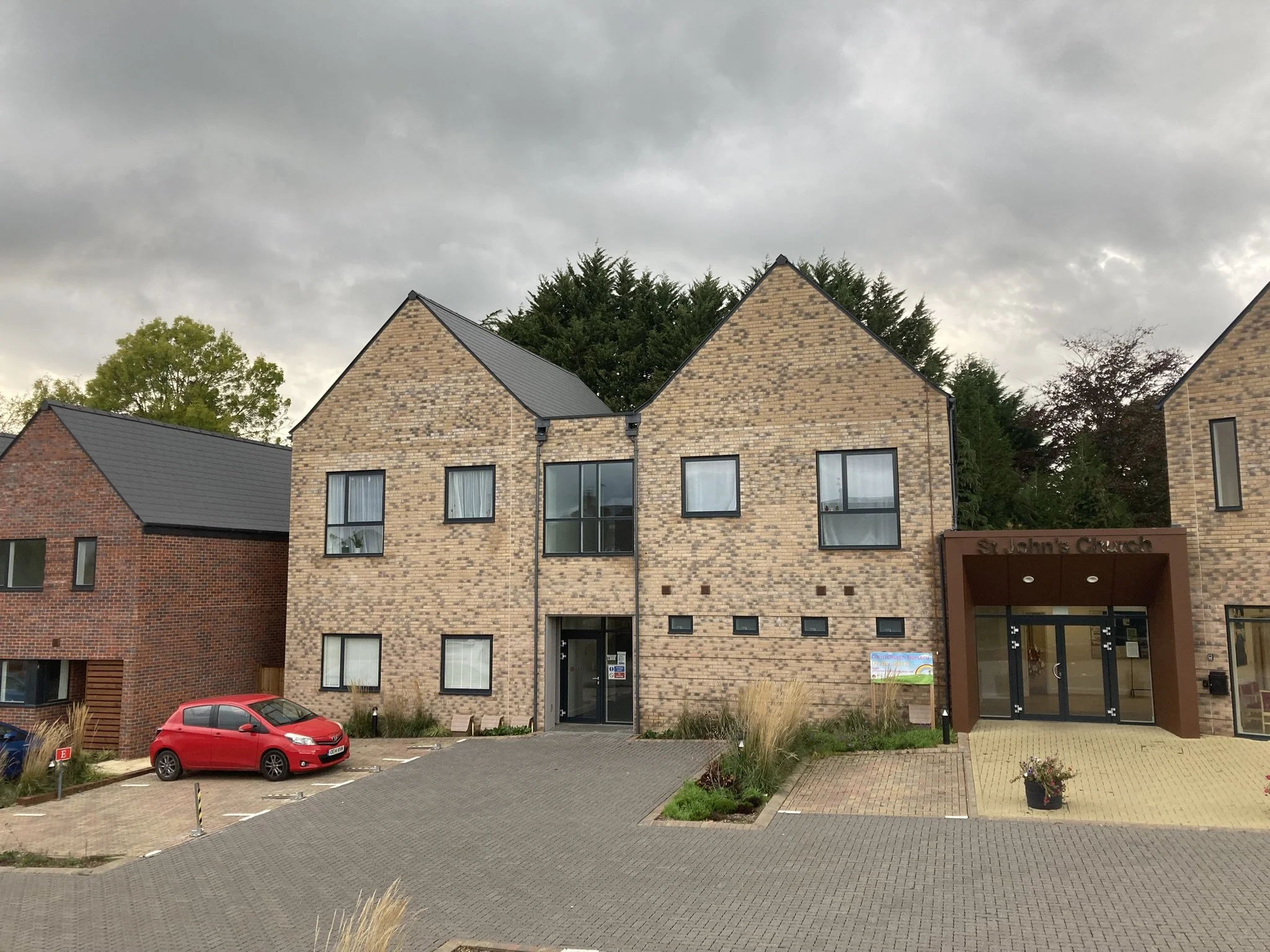
The building with the three apartments and the nursery
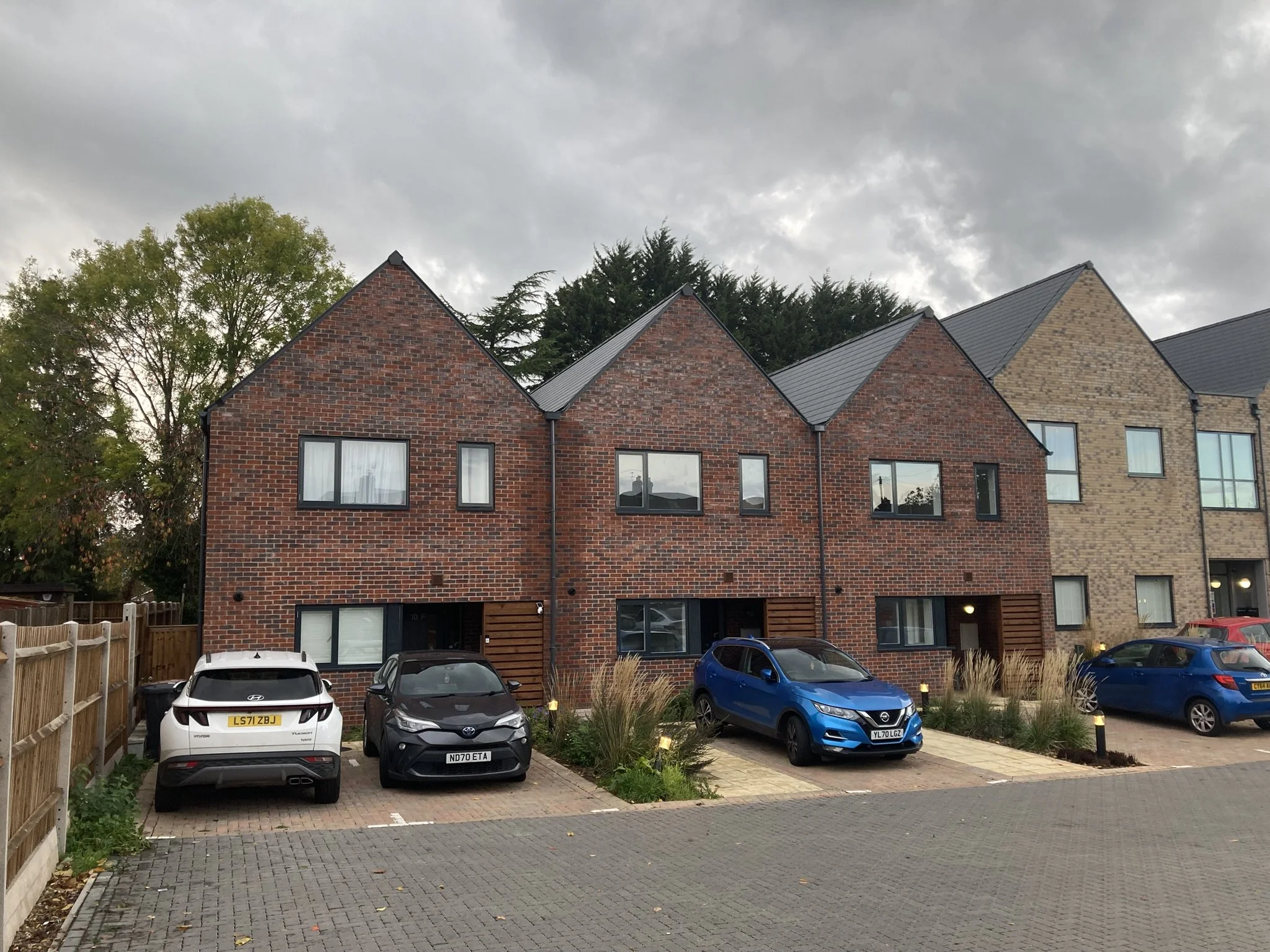
The two shared ownership houses and the one retained for temporary accommodation.

The old 1950s church building
-
Resources
The project was funded by Hertsmere Borough Council, without any cost to the parish. This was only possible because of high land values in the area and the fact that the Council had to deliver more affordable housing in Radlett. Their ringfenced pot of Section 106 money could only be spent on social housing, and this project delivered six new affordable homes for the Council.
The original budget for the whole redevelopment was £3.28 million, but it over-ran by £324k. The Council were able to cover this by accessing the government’s Local Authority Housing Fund in addition to their own Section 106 funds.
-
Keys to success and biggest challenges
· The project may have never happened without having a local councillor on the PCC who could unlock the funding from the council
· The local authority needed to spend their ringfenced funds on social housing, and the church provided an ideal project for that
· The builders ensured that during the redevelopment, the congregation and community hirers could continue to meet on the site
· One main challenge came from the covenant restriction on the use of the land, which had to be renegotiated before the project could start
-
Final outcomes
St John’s has gained a brand new worship and community space, including rooms for the nursery. Five households on lower incomes now have either an affordable flat or a shared ownership house. Another family, who were at risk of becoming homeless, is also benefitting from high quality temporary accommodation.


